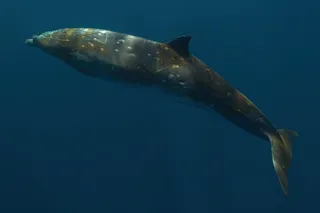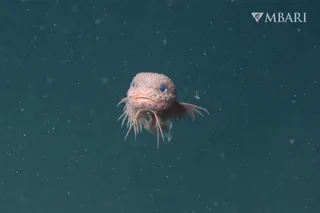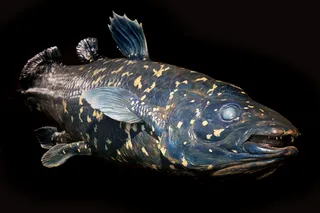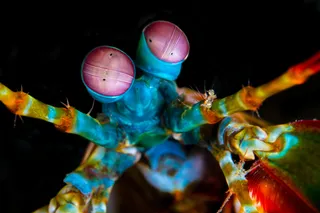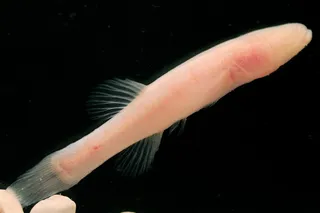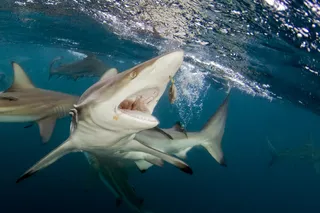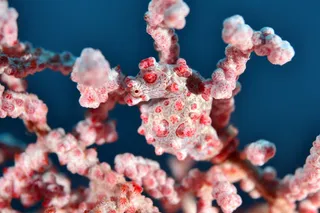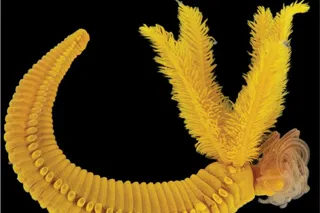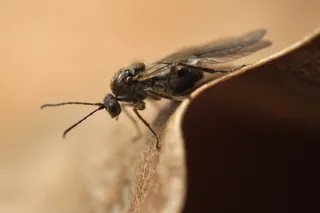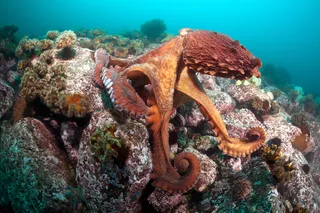The natural world is rife with leftovers. Over the course of evolution, body parts that no longer benefit their owners eventually waste, away leaving behind shrivelled and useless anatomical remnants. The human tailbone is one such example. Others include the sightless eyes of cavefish that live in total darkness, the tiny spurs on boas and pythons that hint at the legs of their ancestors, and the withered wings of the Galapagos cormorant, an animal that dispensed with flight on an island bereft of land predators.
Animal genomes contain similar remains. Just like organs, genes also waste away if they stop being useful. They accumulate crippling mutations that kill their ability to make proteins and turn them into functionless "pseudogenes". They have no useful role other than to tell inquisitive geneticists about their histories.
So organs can degenerate and genes can decay. The two processes should clearly run in parallel, but ...


